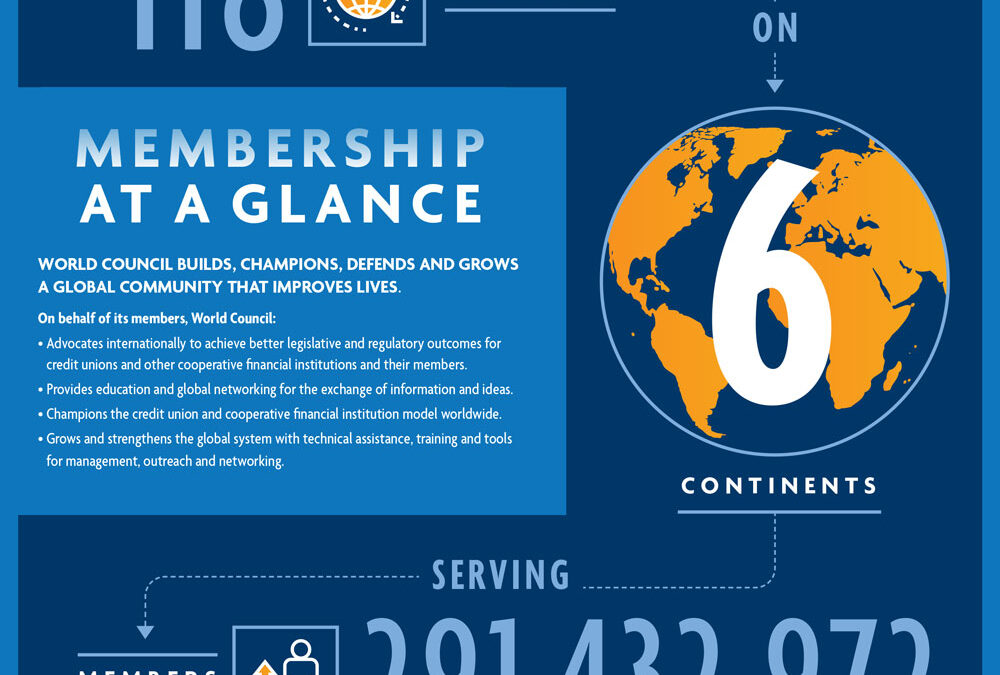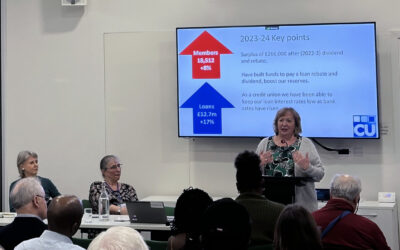The international credit union movement added over 17 million members in 2019 to reach a new membership high of more than 291 million in 118 countries, according to the World Council of Credit Unions.
The surge in members contributed to a worldwide credit union membership growth of more than 107 million people over the last decade (2010-19) – an increase of 59%. The rise was fuelled primarily by large increases in Latin America, Africa and Asia.
Membership growth by region for the ten year period was as follows:
- Latin America 153%
- Africa 143%
- Asia 81%
- Oceania 48%
- North America 30%
- Caribbean 17%
- Europe 8%
The World Council of Credit Unions is the global trade association for credit unions. It promotes the sustainable development of credit unions and other financial co-operatives around the world to empower people through access to high quality and affordable financial services.
“Our movement continues to grow because we respond to the needs of members by expanding services, providing more access through digital channels and putting their economic empowerment ahead of corporate profits,” said World Council President and CEO Brian Branch.
“That growth will continue as consumer demands for safety join those of convenience and seamless integration into the digital economy. Those demands have only grown throughout the COVID-19 crisis, and credit unions across the globe are responding.”
Looking specifically at 2019, credit union assets increased by more than 26% worldwide, while savings, loans and reserves also grew. Credit unions in the Oceania region (which includes Australia, New Zealand and the islands of the Pacific), saw the largest percentage increase in membership, with a 24% jump from 2018.
Credit Union President Helen Baron added: “It’s great news that credit union membership continues to grow across the world. Now, more than ever, people are recognising the importance of access to safe, fair and affordable finance, from businesses which put their members first and not fat cat shareholders.”
You can view the full 2019 Statistical Report here.





